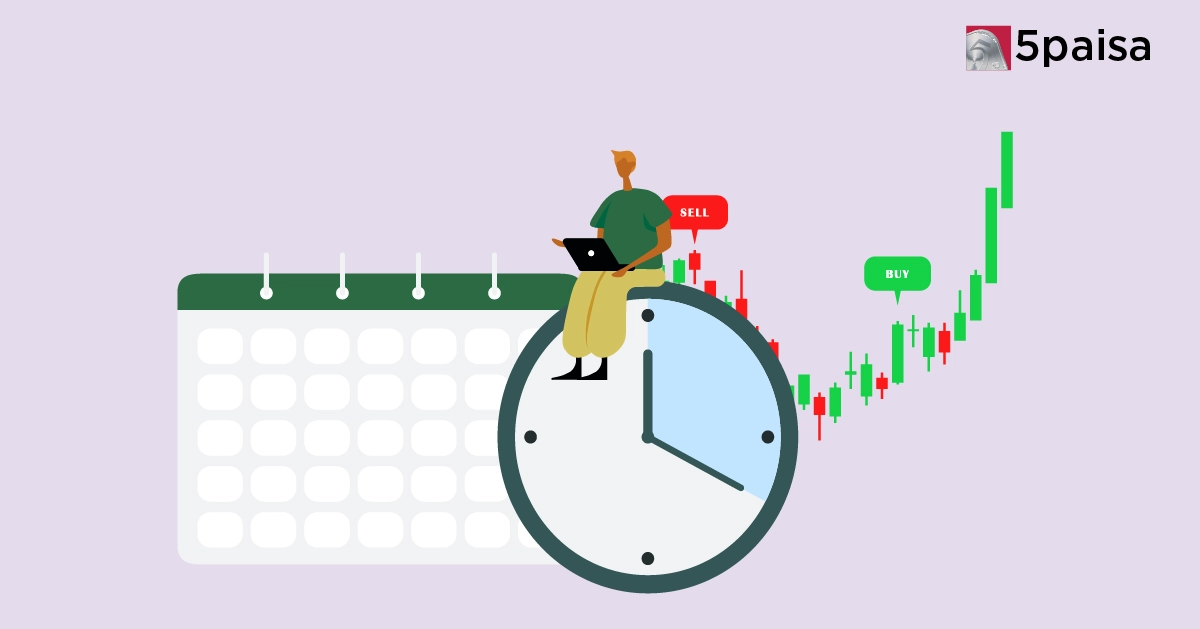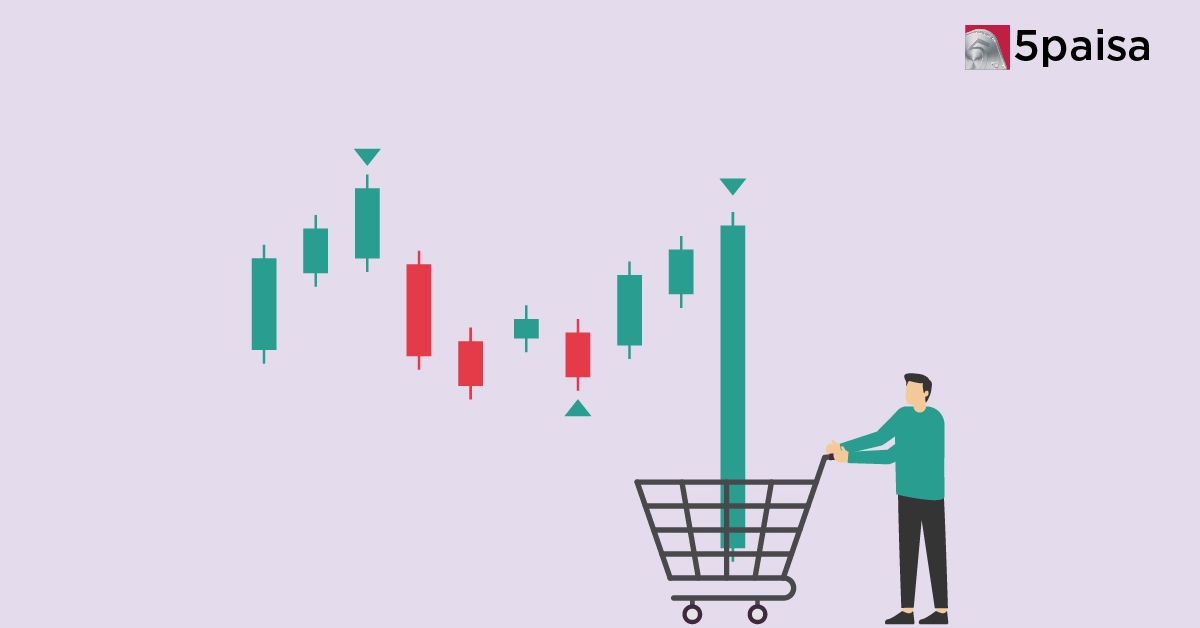How Are Unlisted Companies Valued? Common Approaches and Methods
Cash and Carry Arbitrage

Last Updated: 13th November 2025 - 12:14 pm
Trading in financial markets is not just about predicting where prices will move next. Some strategies focus on taking advantage of price gaps that already exist. One such method is cash and carry arbitrage, a low-risk technique that allows traders to benefit when the futures price of an asset trades higher than its spot price. For investors in India, where futures and options markets are highly active, this approach can be both practical and rewarding.
What Is Cash and Carry Arbitrage?
At its core, cash and carry arbitrage is a strategy that uses the difference between the cash market (also called spot market) and the futures market. A trader buys the asset in the cash market and simultaneously sells the same asset in the futures market. By holding the asset until the futures contract expires, the trader locks in a profit if the futures price is greater than the spot price plus the cost of carry.
This method is widely used in commodities, equities, and currency markets. Since the price difference between futures and spot tends to narrow as the contract approaches expiry, the arbitrageur can realise gains without speculating on market direction.
How Does the Strategy Work?
The process starts with identifying an asset where the futures price is higher than the spot price. This gap is known as the basis.
- The trader takes a long position in the spot market by purchasing the asset.
- At the same time, the trader takes a short position in the futures market.
- The asset is “carried” until the futures contract expires, at which point the prices of futures and spot converge.
- The locked-in difference, after subtracting costs, becomes the arbitrage profit.
This is why it is called “cash and carry” — you buy in cash, carry the asset, and profit when the futures settle.
Understanding Key Concepts
Futures Contracts
Futures are agreements to buy or sell an asset at a predetermined price on a future date. While the futures and spot prices align at expiry, they often diverge before that. This divergence creates opportunities for arbitrage.
Cost of Carry
The cost of carry (CoC) refers to the cost of holding an asset until expiry. It includes expenses like financing, storage, or insurance, depending on the asset. For equities, it may simply mean the interest cost of funds used to purchase the shares.
Contango and Backwardation
Contango: When futures trade above the spot price. This is when cash and carry arbitrage becomes possible.
Backwardation: When futures trade below spot price. In such cases, traders may adopt a reverse cash and carry strategy.
Example of Cash and Carry Arbitrage
Suppose a stock is trading in the spot market at ₹102. The cost of carry is ₹3, which means the effective cost is ₹105. If the futures contract for the same stock trades at ₹109, the trader can execute arbitrage.
Buy the stock in the spot market at ₹102 (plus ₹3 cost).
Short the futures at ₹109.
On expiry, futures and spot converge.
Profit = ₹109 – ₹105 = ₹4 per share.
While this looks straightforward, the key lies in precise execution and proper cost management.
Why Traders Use Cash and Carry Arbitrage
This strategy is popular for a few reasons:
- Low risk: Profits are based on price convergence, not speculation on direction.
- Market efficiency: Arbitrage ensures that futures and spot prices do not diverge excessively.
- Liquidity: It is most effective in liquid markets like Nifty futures, Bank Nifty, or large-cap equities.
- Diversification: Arbitrage allows traders to earn steady returns while reducing exposure to market volatility.
Risks Involved in Cash and Carry Arbitrage
Although the method is considered low risk, it is not completely risk-free.
- Execution risk: Slippage or delays in placing orders can reduce or even eliminate profits.
- Financing cost: If the cost of carry rises unexpectedly, margins may shrink.
- Market volatility: Sudden price swings can temporarily distort the relationship between futures and spot.
- Liquidity issues: Not all contracts offer deep liquidity, which can make entry and exit difficult.
In India, regulatory restrictions and transaction costs such as brokerage and taxes also play a role in determining actual returns.
When to Use Cash and Carry Arbitrage
This strategy works best when:
- Futures trade at a significant premium to spot price.
- The underlying asset is liquid with active participation in both markets.
- Transaction and financing costs are low enough to ensure net profits.
- The trader has access to sufficient capital to maintain margin requirements.
Many professional traders and institutional investors use it regularly, especially during times when futures markets display strong premiums due to demand-supply imbalances or market sentiment.
Conclusion
Cash and carry arbitrage is a straightforward yet powerful strategy. By buying in the spot market and selling in the futures market, traders can capture profits from pricing gaps while keeping directional risks low. For Indian investors, especially those looking to diversify trading approaches, this method can be a valuable addition to their toolkit.
While it is not completely risk-free, careful planning and disciplined execution can make it a consistent source of returns. As with any market strategy, success lies in understanding the mechanics, monitoring costs, and managing risks effectively.
- Flat ₹20 Brokerage
- Next-gen Trading
- Advanced Charting
- Actionable Ideas
Trending on 5paisa
Indian Stock Market Related Articles
Disclaimer: Investment in securities market are subject to market risks, read all the related documents carefully before investing. For detailed disclaimer please Click here.

 5paisa Capital Ltd
5paisa Capital Ltd
 5paisa Capital Ltd
5paisa Capital Ltd



